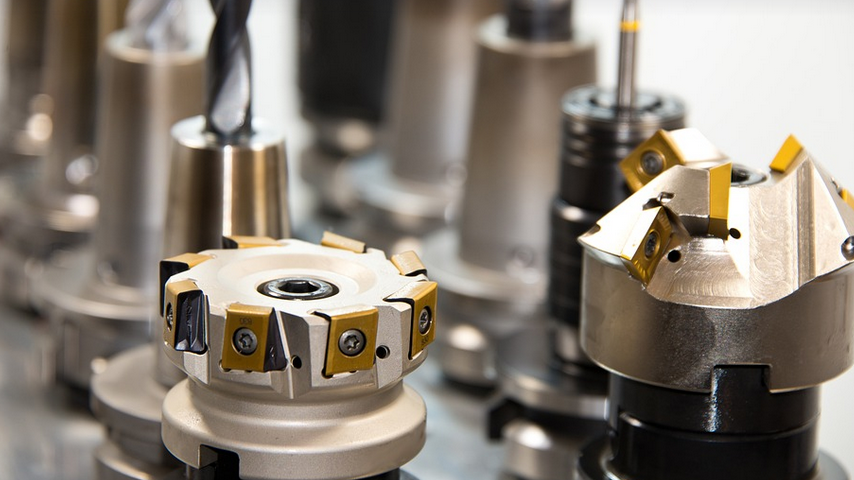
How To Install Rubber Mulch Like A Pro (2024 Edition)
Get Ready for the Perfect Playground or Garden
Rubber mulch is a popular choice for playgrounds, gardens, and even walkways. It offers a unique blend of style and practicality, with its durability, weed control properties, and aesthetic appeal. However, installing rubber mulch can seem daunting if you’ve never done it before.
Step 1: Planning Your Space
Before you even think about grabbing your shovel, take a moment to plan your space. Measure the area you want to cover, noting any existing features like trees or slopes.
Consider your drainage needs: Do you have an area prone to standing water? Rubber mulch can help with drainage in areas where it is needed. It’s important to factor this into your design to avoid soggy spots or uneven surfaces.
For larger projects, it’s wise to break down the space into manageable sections. Using string lines and stakes will make things easier as you layer the mulch.
Think about what else needs to be done in that area: Do you need to level existing soil before starting, add a base layer of gravel or other materials? Answering these questions early on will save you time and effort later.
Don’t underestimate the power of research! Learn about different types of rubber mulch available. This decision can greatly impact your project’s success. For example, some are made with recycled tires, while others use a blend of materials, offering various benefits depending on the need.
Step 2: Laying Down the Foundation
Rubber mulch comes in a variety of sizes and thicknesses. You’ll want to choose one that meets your project needs. If you’re unsure about the best choice for size or thickness, consulting with an expert can be beneficial.
Once you have chosen your rubber mulch, it’s time to lay down a base layer: gravel or sand. This will help improve drainage and provide a stable foundation for the mulch. Use a rake to ensure a smooth, even surface before adding the rubber mulch.
For larger projects, consider using a roller to level the area and compact the base layer. A tamper can be helpful in these situations; it’s a handy tool for ensuring that the gravel or sand is properly compacted.
Step 3: Adding the Rubber Mulch
Now comes the fun part—adding the rubber mulch! Spread your chosen rubber mulch evenly across the area, starting from one corner and working toward the other. Make sure to follow the manufacturer’s instructions regarding the ideal thickness for different applications.
For a smooth finish, carefully rake the rubber mulch into place after each layer. This will help create an even surface that is ready for use. If you find yourself running low on mulch, remember to measure and account for any wasted material before adding more. This can save you trips back and forth between the storage area and the work site.
If you’re working with a small area, it’s possible to spread rubber mulch in one go. Remember to use your hand or a spreader tool to ensure consistent spreading.
For larger projects, consider starting at the center of each section and then moving outwards to create an even distribution. This technique helps avoid uneven patches.
Step 4: Compacting Your Rubber Mulch
Rubber mulch’s natural cushioning properties make it easy to work with. However, for optimal drainage, compaction is key. Using a plate compacter can help achieve this. Ensure that the rubber mulch is spread evenly and compacted according to manufacturer recommendations.
If you don’t have access to a plate compactor, simply use a heavy object like a wheelbarrow filled with soil or sand. This will help in achieving compaction without any additional tools.
Step 5: Shaping Your Rubber Mulch
After spreading and compacting your rubber mulch, you can start shaping it as needed. This gives you more control over the final product’s appearance.
For a smooth surface or a more defined line, use a rake to create desired shapes and contours. Remember to make careful adjustments according to the needs of your project.
If there are any dips or bumps in the area, you can use a shovel to level them out before adding a final layer of rubber mulch.
Step 6: Finishing Touches
Once the rubber mulch is properly leveled and shaped, it’s time for the finishing touches. This might include adding edging or applying a waterproof sealant if needed. This step protects your investment and helps extend its lifespan.
Remember, this process doesn’t have to be complicated! It’s about achieving that perfect blend of style, functionality, and durability.